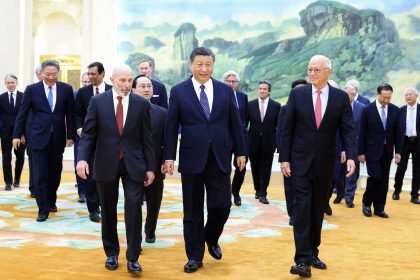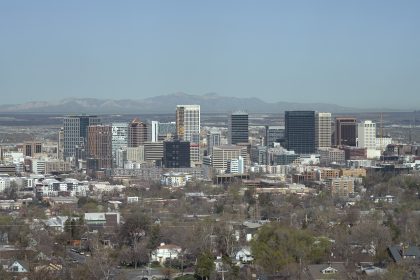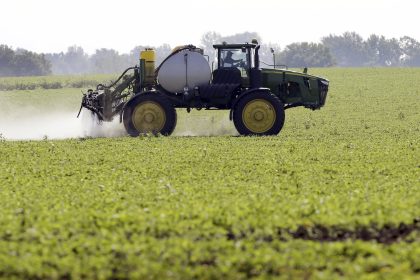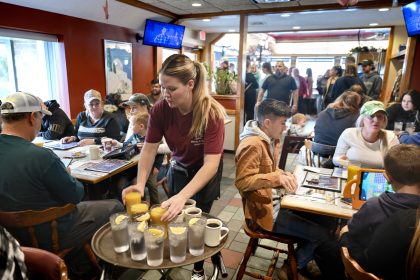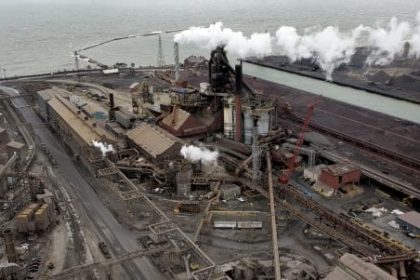Arctic Alaska Won’t Solve High Gas Prices, but It Can Help the US Achieve Its Climate Goals
COMMENTARY
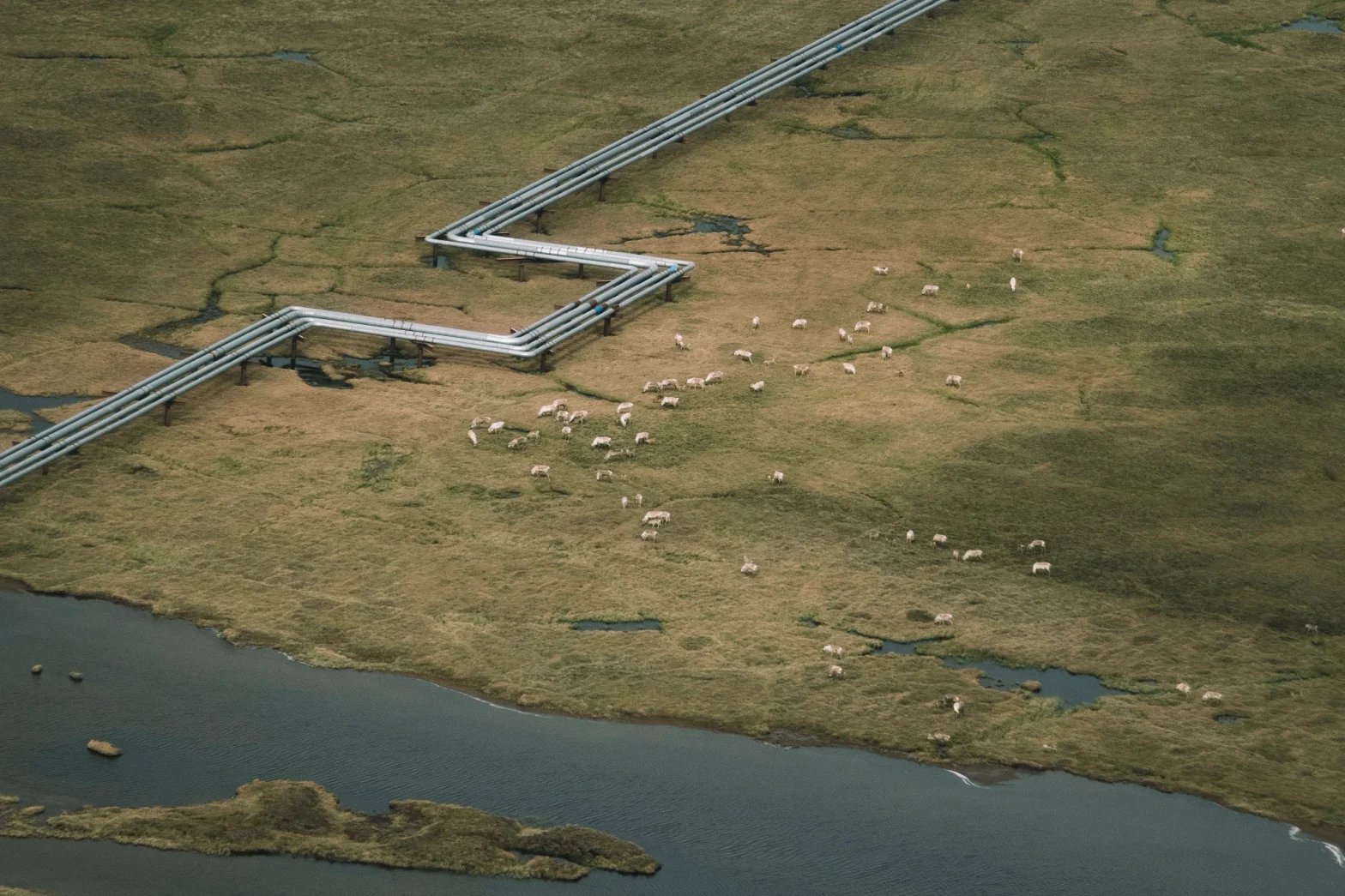
Lobbyists and lawmakers who have enjoyed full careers profiting from oil and gas have — predictably — blamed the Biden administration for current high prices and have called for a full-scale ramping up of domestic oil and gas leasing and the immediate approval of controversial projects in remote areas like the Arctic, all in the name of “energy security.”
Sen. Tom Carper, D-Del., called out this fiction during a Senate hearing earlier this year: “Since the Arab oil embargo of 1973, many in Washington have argued that if we just drill for more oil, we could be free of the price whiplash caused by international disruptions in the global oil market. … That wasn’t true during the Arab oil embargo, and it isn’t true today.”
That sentiment was echoed by Bob McNally, president of Rapidan Energy Group, in a recent interview with CNN: “What Americans and U.S. officials really care about is the price of gasoline, and that has almost nothing to do about whether we’re energy independent or not. Can the U.S. wall itself off from volatility in the global oil market? The answer is no.”
More Domestic Drilling Is Not the Answer to the World’s Russian Oil Dilemma
Oil and gas are global commodities, and their markets aren’t based on geography, so if the U.S. remains dependent on them, we will remain at the mercy of the actions of oil-state dictators and the resulting price volatility. Even if that weren’t the case, current projects such as ConocoPhillips’ Willow or 88 Energy’s Peregrine in the National Petroleum Reserve in Alaska are several years away from producing oil. New leases in the Arctic National Wildlife Refuge would be closer to a decade away from producing, according to the Congressional Budget Office (using data from the Interior Department and Bureau of Land Management). Domestic mega-projects like these or the Keystone XL pipeline extension simply won’t provide any short-term relief, but WILL “keep American families dependent on a volatile industry prone to price swings.”
To start with, the Government Accountability Office states that on average it takes more than four years to begin production on leased federal lands, and according to the Center for American Progress, “the delay is not due to drilling permit review, which — at most — takes fewer than 200 days. Even oil and gas industry executives themselves are saying it: Launching more oil and gas projects now will have no effect on short-term global energy markets.”
And then there’s also no guarantee that oil extracted here wouldn’t be exported elsewhere. As author and historian Heather Cox Richardson wrote on her Substack: “The U.S. exports about half of its oil production to other countries, both because the crude we produce is hard for us to refine and because of the demand for it overseas.”
Conclusion: It’s either foolish, or dishonest, to suggest we can simply drill our way out of high oil and gas prices.
We Cannot Let Climate Action Be Sacrificed to Oil Industry Rhetoric
Importantly, this conversation is also no longer just about gas prices. We are teetering on the edge of a global climate cliff. As the realities of war play out on the world stage, those at the center of where climate and oil policy meet are nervous.
“I’m very worried our climate goals may be another victim of Russia’s aggression,” Fatih Birol, the head of the International Energy Agency, said in Paris at a meeting of energy ministers from around the world.
This statement came only a few day after the U.N. Secretary General declared the world’s efforts toward its collaborative climate goals “on life support.”
Domestically, cooler heads must prevail. Short-term turmoil will always exist, but the Biden administration must stay the course in the long term by remaining unwavering in leading the world toward limiting Earth’s warming to 1.5 degrees.
To that end, the administration will be facing a significant test of this commitment in the next few months. Willow is a development project estimated to produce nearly 600 million barrels of oil between 2024 and 2050 — equivalent to annual emissions from 66 new coal-fired power plants. Environmental reviews conducted by the previous administration estimated that Willow will result in more than 260 million metric tons of CO2 emissions, an enormous contribution from a single project.
This project would be built in a region already surrounded by development and being ravished by climate change. Two months ago a natural gas leak was discovered at a Conoco drill site to the east of the Willow site. The company pointed to “operational error” as the cause of the leak in its final incident report filed with the Alaska Oil and Gas Conservation Commission; however, as the final AOGCC situation report states and as was reported last week in the Anchorage Daily News, the investigation will continue.
An uncontrolled gas leak is concerning in and of itself — for the climate impacts as well as the health impacts on the residents in nearby Nuiqsut. But the lack of transparency from Conoco has also been concerning, especially as the company seeks to expand its footprint in the Western Arctic with Willow.
One outstanding question is whether melting permafrost due to climate change also played a role in the leak and is a threat to existing and future infrastructure. Conoco’s incident report also noted the existence of “permafrost thaw bulbs” caused by heat transferred from the well itself, the refreezing of which can create fractures in the soil releasing methane into the atmosphere. As investigative reporter Adam Federman noted, another obvious question for oil and gas regulators is “how widespread is this phenomenon and what risks does it pose,” both in the region but also to the climate in general?
And while ConocoPhillips looks to push the Willow project forward, 88 Energy’s Peregrine project is also in the works. Peregrine would be nearly three times the size of Willow and would result in 645 million metric tons of CO2 emissions, bringing the potential of the two to 2.2 billion barrels of oil and nearly 1 billion metric tons of CO2 emissions.
We are facing dual economic and climate crises, and the roots of both can be traced to our continued overreliance on fossil fuels. Increasing domestic oil production to feed the addiction that got us here in the first place is the definition of insanity.
—
Kristen Miller is the conservation director at Alaska Wilderness League. Prior to joining the organization, Kristen worked as a senior associate for Public Lands at the National Wildlife Federation and as an environmental legislative assistant in the House of Representatives. You can reach AWL by emailing [email protected].


















